Your pet is at risk for disease. What's the real cause?
The majority of dogs and cats in the U.S. are not a healthy weight, according to the latest research by the Association for Pet Obesity Prevention (APOP). The organization revealed that 58 percent of cats and 54 percent of dogs were overweight or obese in 2015.
Although pets have been steadily gaining weight for years, obesity has yet to be recognized as a disease by the American Veterinary Medical Association (AVMA).
What Are the Risks of Pet Obesity?
The extra weight puts stress on joints, which can leave your pet unable to get around. Pets may end up being euthanized for this reason, when maintaining a healthy weight could have prevented or reversed the problem.
Does Your Pet Need to Lose Weight?If you’re not sure, ask your veterinarian, but you can also use the following steps to get an idea of your pet’s body condition:
Look down on your pet from above
An oval-shaped pet is typically overweight
An hourglass shape is typically normal weight
Further, you should be able to feel (but not see) your pet’s ribs as well as the bones near the base of his tail (his pelvis). If your pet is obese, you’ll be able to see noticeable amounts of excess fat on the abdomen, hips and neck.Some Pets Are More Prone to Weight Gain Than Others
Pets can’t help themselves to their own food, so in most cases pet overweight and obesity are due to overfeeding or feeding the wrong types of foods. That being said, there are other risk factors as well, including:Breed. Certain breeds of dogs are more apt to be overweight than others, including cocker spaniels, dachshunds, Dalmatians, golden retrievers, Labrador retrievers, Rottweilers, Shetland sheepdogs and mixed breeds.
Gender and neutering. Animals that are completely desexed (spayed or neutered, where all of their sex-hormone-producing tissue is removed) are at an increased risk of gaining weight.
Age. The risk of overweight increases as your dog or cat gets up in years, as metabolism naturally slows.
Activity level. Lack of sufficient exercise increases the risk of obesity in your pet.Do Animals Exercise to Keep Fit?
Daily exercise, including at least 20 minutes of consistent, rigorous aerobic activity, along with opportunities for active play, sprinting and chase (throwing a ball), will help your pet burn fat and increase muscle tone. Physical activity will also help your pet’s mental health and help prevent boredom and destructive behaviors.
• Feed a balanced, species-appropriate diet to your pet. Regardless of his weight, your pet needs the right nutrition for her species, which means food that is high in animal protein and moisture, with low or no grain content. Please be aware that many low-calorie or “diet” pet foods are filled with grains that may add to your pet’s weight problem.
• Practice portion control—usually a morning and evening meal, carefully measured. A high-protein, low-carb diet with the right amount of calories for weight loss, controlled through the portions you feed, is what will take the weight off your dog or cat. And don't forget to factor in any calories from treats. You can find 20 healthy homemade treat recipes in my Homemade Treats for Healthy Pets ebook.
Diet and food! The simplest of things can cause so much disease to your pet! Making sure you pooch is not obese is the best way to make him live a long life. Obesity can cause so many other diseases in pets and it can be easily preventable. Make a healthy change for your pet now!
For more information on obesity, visit Healthy Pets.
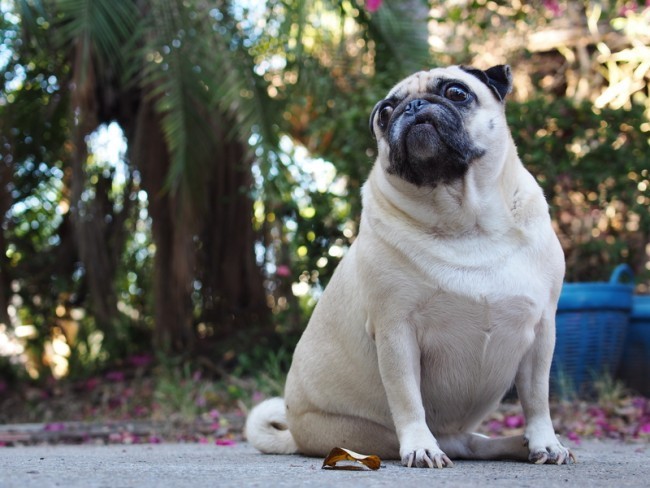

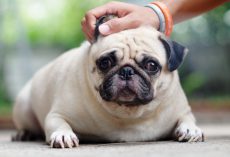
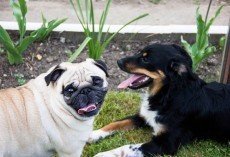

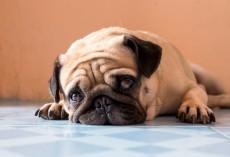
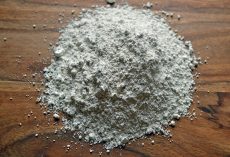
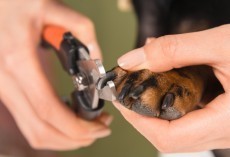
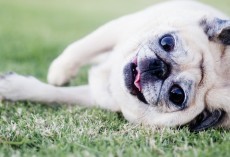
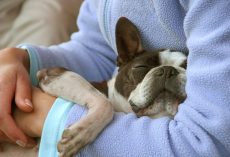
Barbara Henson
- Edit
My goodness somebody needs to go for more walks